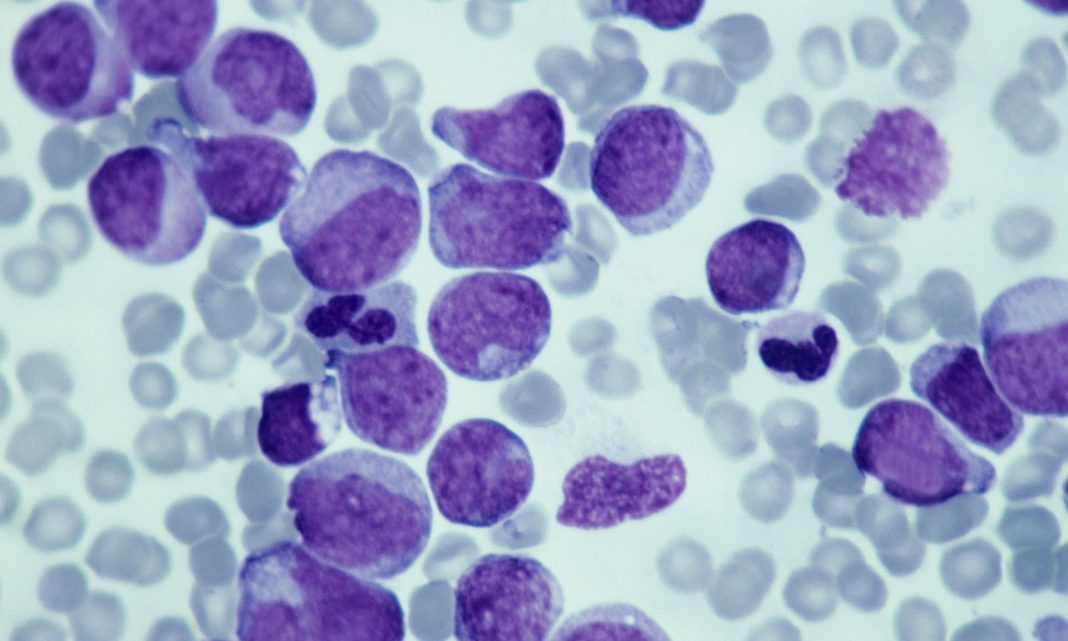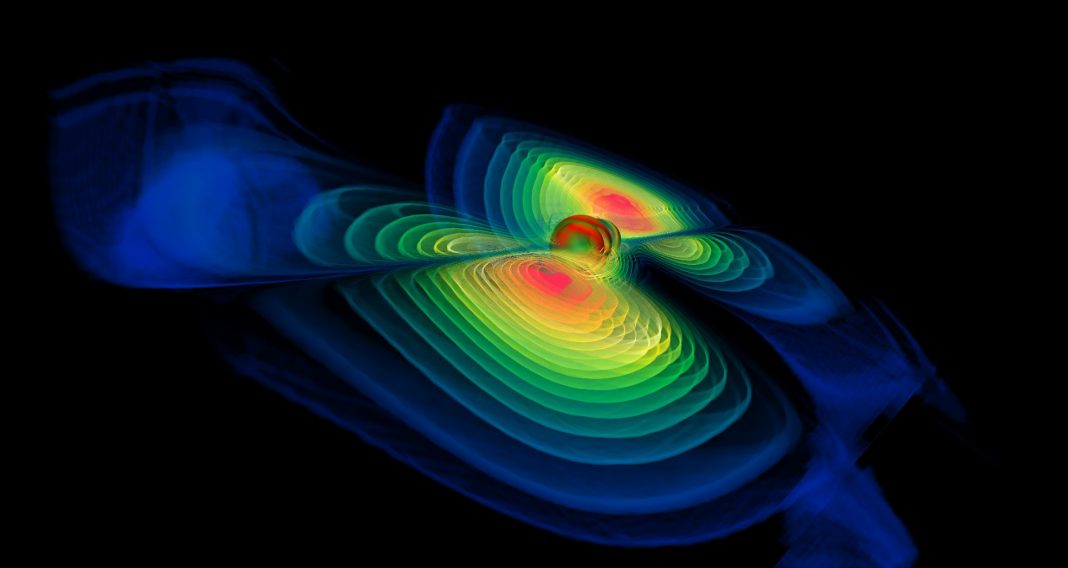New tests are being carried out by researchers in an attempt to develop a new cancer detecting technique in the form of a liquid biopsy. This method would be pain-free and so simple there’s no reason why it couldn’t become part of routine check-ups in the near future. The idea was unveiled at the recent cancer conference held in Chicago.
Carrying out biopsies has become an essential part of diagnosing and treating cancer, but often very invasive surgery is also. And while doctors are very skilled and do all they can, sometimes this surgery is unsuccessful. This is one of the main reasons for spurring on the development of theses new DNA tests. Researchers are hoping these tests will save patients from enduring surgery, whilst also allowing doctors to monitor the growth of tumors and prescribe a tailored treatment. All in all, these tests have the potential to save millions of lives.
Dr. Bert Vogelstein is a professor of oncology at John Hopkins School of Medicine and he said, “It’s fair to say that of you could detect all cancers while they are still localized, you could diminish cancer deaths by 90% But that’s a theoretical figure. The available data suggests that it’s going to take a quite a while, and there are a lot of obstacles to overcome.”
Cancerous cells shed their DNA as they die and these tests that are being developed look to examine these parts of DNA in order to find mutations in cancers already known, or detect cancer early in other cases. The real challenge in developing these tests is down to scale. DNA is tiny, and finding specific cancer DNA is no easy feat.
In one study presented recently at the American Society of Clinical Oncology (ASCO) in Chicago, researchers showed how using high-intensity sequencing allowed them to sequence more than 100 times more data than ever before. Dr. Pedram Razavi and team used blood samples from 124 patients who were suffering from metastatic breast, prostate, or non-small cell lung cancer. A baseline was provided by biopsies that were collected and patient’s white blood cells were sequenced also in order to rule out any mutations.
The results showed that in 89% of those tested, there was at least one gene mutation detected. Breast cancer patients seemed to have the highest success rate, with a whopping 97% of gene mutations discovered. While we’re still a long way from having complete tests in place commercially, it’s a huge leap forward nonetheless.
More News to Read











